Celebrity endorsements and luxury brands – DOs and DON’Ts
The other day I was “targeted” by a Breitling ad, featuring John Travolta, and I was thinking – they really think I will buy one of their watches just because of Travolta? And why Travolta? Seriously, with all the weird things about his private life, and the Scientology situation, is he fit for the role
‘Celebrity endorsements are nothing new — Mark Twain’s image once appeared on cigar packaging — but today, brand campaigns have the muscle and visibility of social media behind them. So the celebrities brands team up with for these digital campaigns aren’t chosen arbitrarily.
Brands recruit the celebrities they work with in order to appeal to their audiences, and more increasingly, that means the celebrity should have a massive, passionate following on social media.’
Fair enough. A few problems, though, arise:
Overexposure of the celebrity you pick.
Example: Rihanna is everywhere. EVERYWHERE. Forget her face for a minute, think about her music – elevators, gyms, supermarkets, off licences, dental studios, they all play Rihanna 24/7.
And what about Kim K? Ande her sister Kendall Jenner? And the Kardashians in general? And Cara Delevingne? They are endorsing so many brands you go like “What’s she wearing / endorsing / selling / promoting, again? I’m confused”.
Brands hierarchy.
I’m the marketing Guru at Skechers, and, suddenly, the epiphany hits me – “Bingo! Let’s use Kim K in our next campaign!” Boom, she’s in. Results? You have just given $433 million to Kim, which will overshadow your tiny brand – compared to hers – and outshine it, too.
Speaking of Kardashians and rel="noopener noreferrer" expensive testimonials, here’s an interesting read, from Adweek:
‘Kendall Jenner, Selena Gomez, Taylor Swift and Cara Delevingne are all worth $230,000 per social media post when the message appears across Facebook, Instagram and Twitter, D’Marie told Adweek. The celebrities represent a sample, according to D’Marie, of the top 2 percent of social influencers—which includes numerous other big names who can ask for $230,000 per post.’
Kendall and Cara – told ya!
Some interesting case studies.
Unexpected, off-brand but totally perfect.
Now, that’s how you use rel="noopener noreferrer" your brain and choose wisely a testimonial –from Adweek, again: ‘Nick Offerman’s Yule Log for Lagavulin Is 45 Minutes of Silent, Uninterrupted Brilliance’
‘Fans of Offerman (and his Parks and Recreation character Ron Swanson) will appreciate how perfectly this spot fits in not only with his love of Lagavulin but his love of silence.
It’s also worth noting that this is smart branding on Lagavulin’s part. Creating an extended ad that can serve as a conversation starter—should consumers swap the traditional Yule Log video for Offerman’s at parties—will also get everyone talking about the brand.’
What if you don’t want do it yourself?
Lagavulin is a well-known brand, that could be considered as “luxury” because of its brand identity and the way people perceive it. Therefore, it’s a bold move to go unexpected for such a brand, when it comes to choosing a testimonial.
(Too) many other luxury brands are instead very worried about many things when they consider using digital marketing strategies and social media channels in order to push campaigns.
Saint Laurent is among those brands – there is no official Instagram account, probably because they do not want to lose that aura of inaccessibility and exclusiveness. And also because the way people are talking about the brand on the platform is positive, therefore they do not need to intervene in order to influence the sentiment.
In this case, the brand could think of a strategy based on co-branding, choosing a testimonial / endorser that can talk on their behalf on a platform they do not use.
Haim, for such a job, would be perfect – all-female band, cool, Millennial-friendly, chic & rock, very on-brand.
Talking about co-branding and influencers using platforms you avoid in order to create buzz about your brand on your behalf, what about Céline? An incredible luxury brand, sophisticated, elegant, über exclusive but with a quirky twist, whose campaigns are arty statements created by Maestro Jürgen Teller. They fear Instagram would dilute such identity, therefore they decided to collaborate with a blogger: Chiara Ferragni, AKA the most famous blogger on the planet, i.e. absolutely non-exclusive, absolutely overexposed, absolutely off-brand.
Wouldn’t it be better to do it the Chanel way, i.e. choose someone less obvious, less overexposed, but super cool and completely on-brand, like Lily Rose Depp?
Branding disaster, marketing genius
Talking about Chanel – and its brain, Mr. Lagerfeld – we all remember one of the weirdest campaigns of all time, feat. a rough-looking Brad Pitt, promoting the most feminine of fragrances, Chanel No. 5. Everybody went “WTF??”
But everybody was talking about it – disaster when it comes to branding, but genius from a marketing perspective.
Just Google “weird celebrity endorsements” and you’ll find Brad along lots of other interesting case studies. Sometimes, you really wonder what the hell is wrong with many brands’ marketing departments.
Another interesting post on the subject: ‘Can Celebrity Partners Influence Sales? Never Say Never’ (L2)
‘Celebrity influencers have repeatedly confirmed their role in boosting brand awareness, but their power to drive sales is less clear. Calvin Klein’s #mycalvins campaign demonstrates how the right celebrity partnership can spark conversions in addition to awareness.
The campaign began picking up steam with the January debut ofJustin Bieber in the brand’s classic briefs, referencing previous models Kate Moss and Mark Wahlberg. Bieber’s star power brought the campaign video over 10.5 million views on YouTube, making it the fourth most viewed brand video in L2’s Digital IQ Index®: Fashion.
The #mycalvins hashtag was also a social success, with nearly 200,000 Instagram mentions over the last two months. On Facebook, the L2 study finds that posts containing the hashtag receive 1.5 times as many likes as the average post; similarly, #mycalvins tweets generate 4.2 times more interactions.
Crucially, the brand translated that social payoff to a financial payoff. Linking content to commerce, the campaign microsite lets fans shop user-generated Instagram uploads tagged with #mycalvins. As a result, the new modern cotton collection completely sold out in the U.S. and Europe, and Calvin Klein saw e-commerce underwear sales increase by 21% – proving that influencers can drive sales as well as social buzz.’
Finally, the best use of a celebrity of all times, at least in my opinion –Victoria in a shopping bag for Marc Jacobs, by Jürgen Teller. While many see it as a campaign that objectifies women, it was actually a clever way to talk about consumerism, to clearly establish brand hierarchy, and – last but not least – make Victoria Beckham look funny and self-ironic, for once.
Subscribe To Us






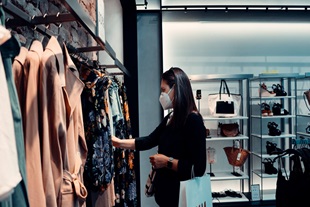
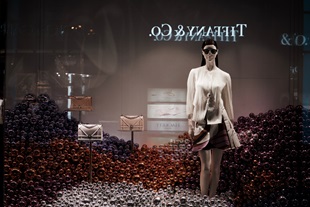


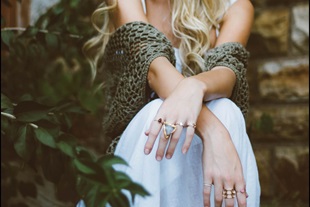

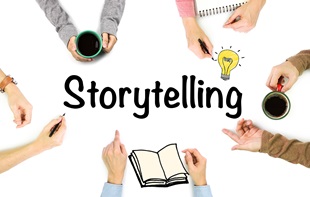
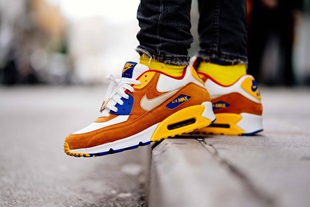
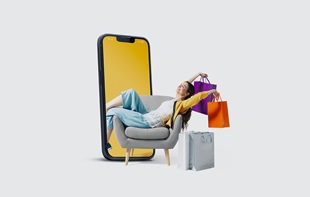
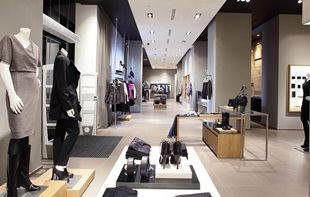


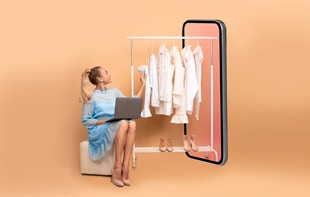

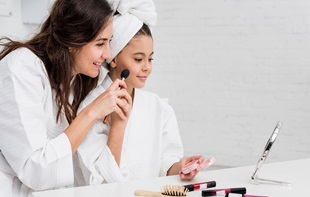
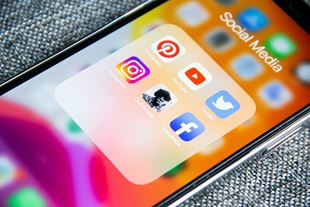

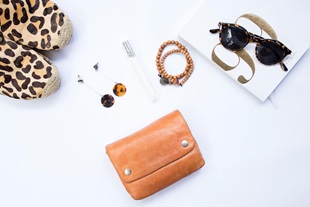

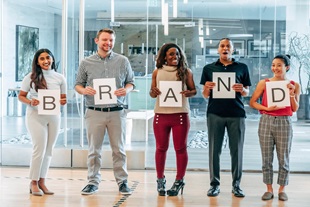
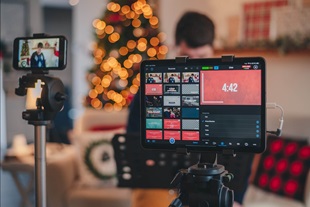
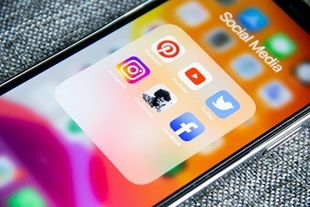
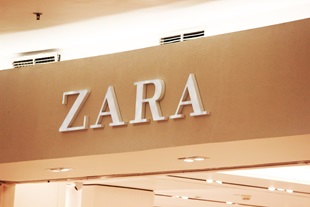


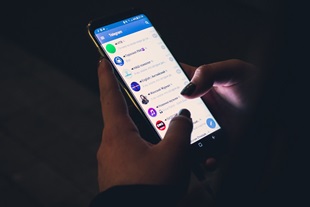
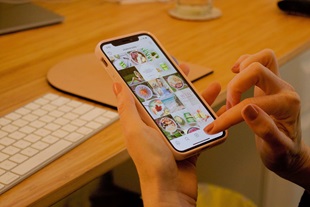


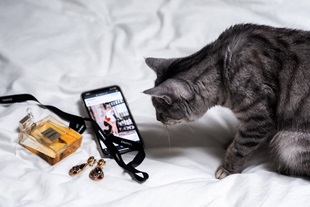
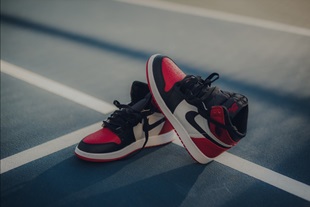
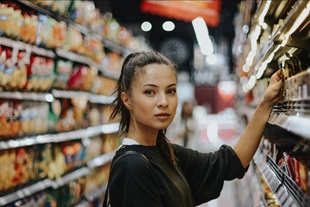

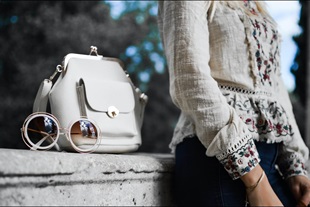
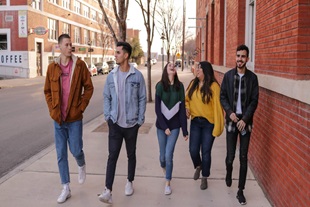


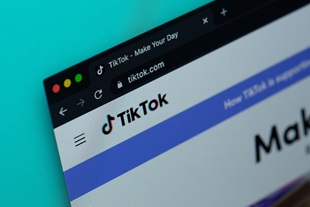

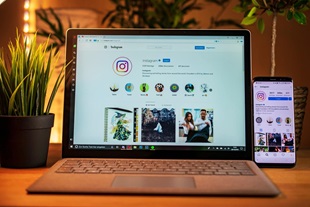
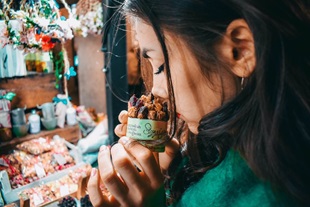
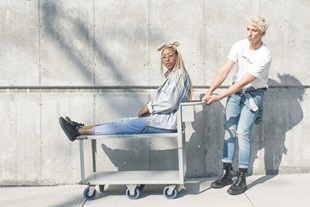
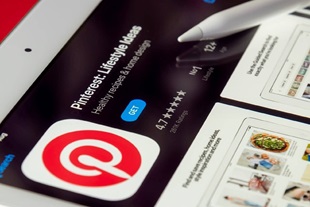
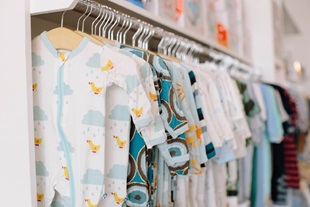
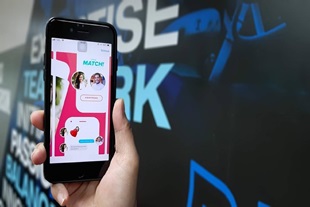
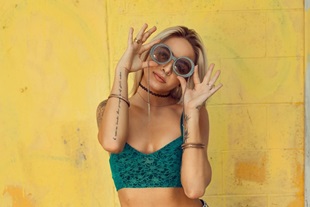


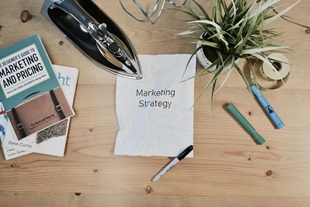

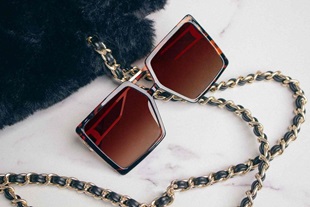


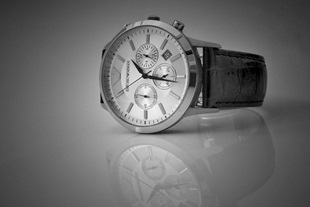
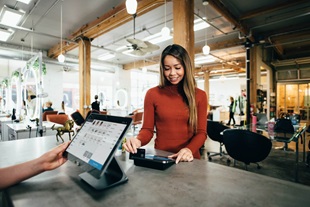
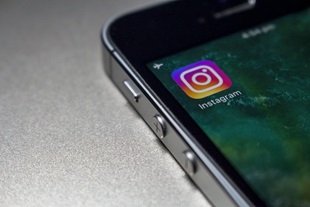
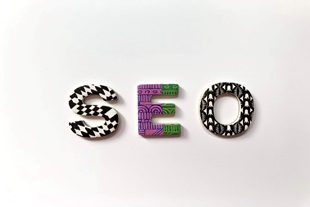
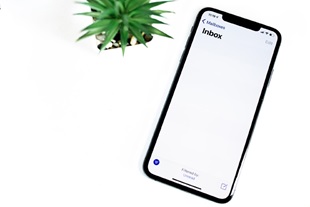
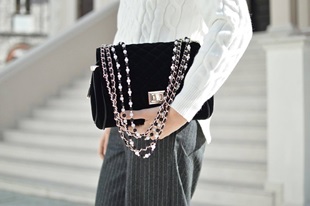

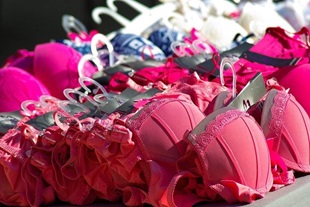

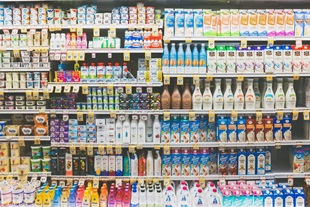
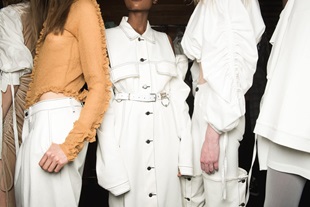
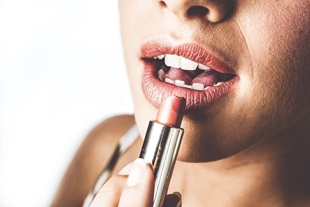
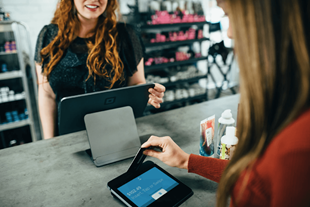
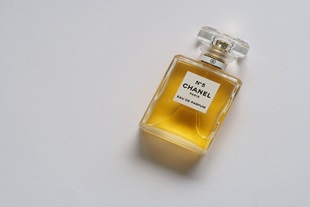

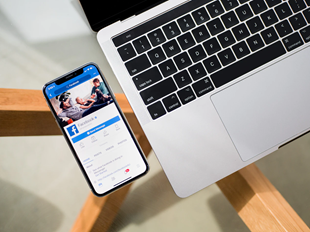


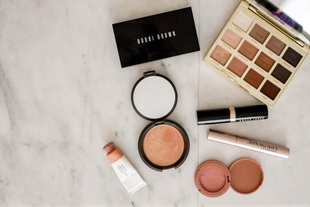
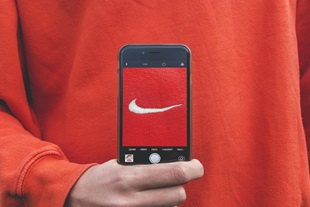
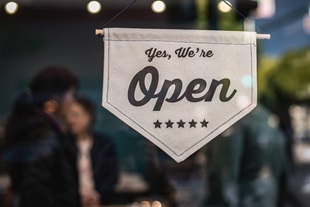

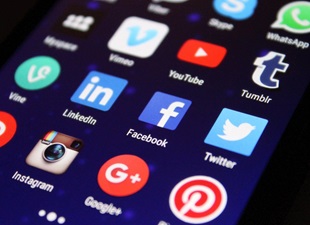


.jpg?mw=310)
.jpg?mw=310)

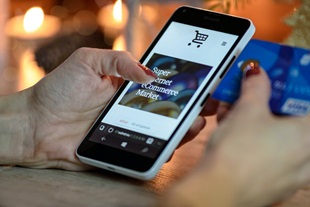


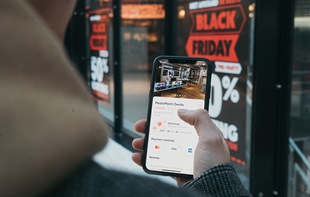

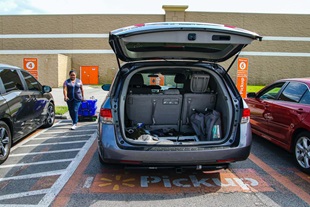
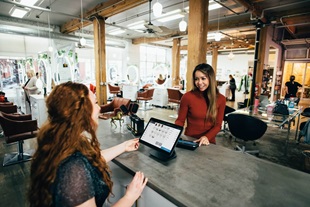
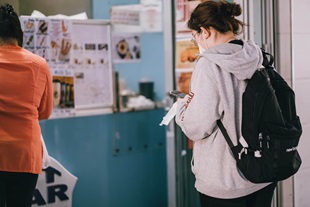

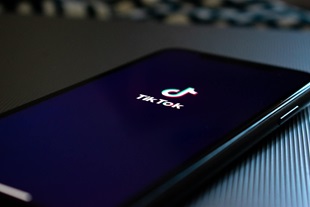


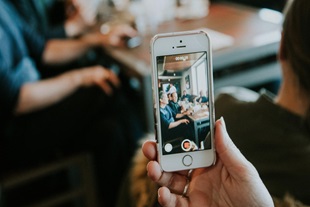
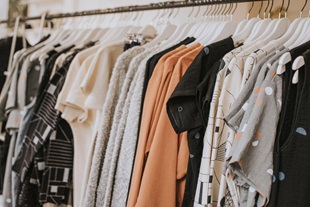
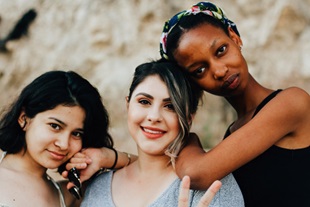
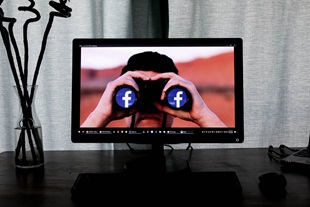




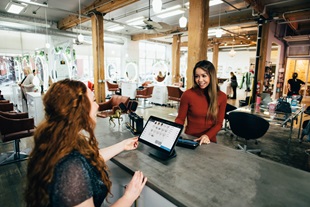


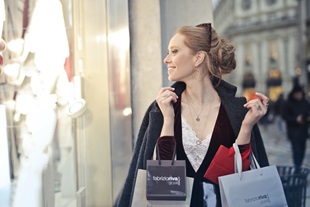
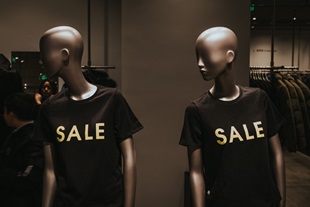
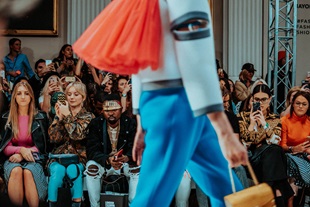
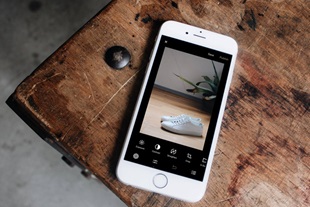
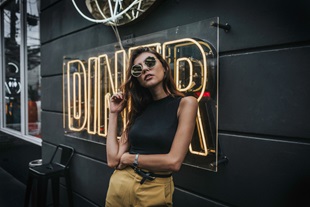



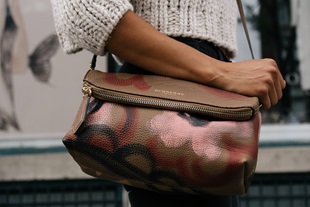
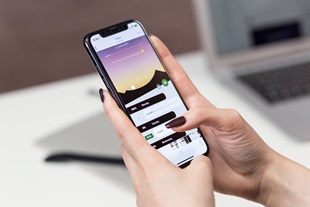
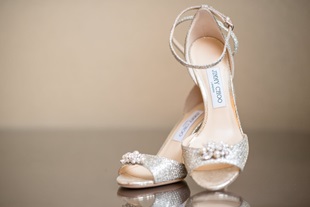
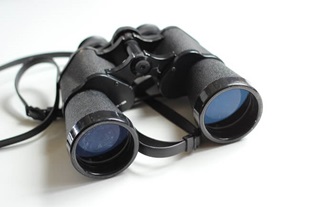
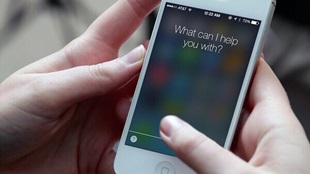


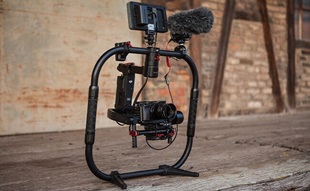



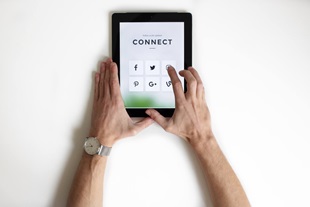
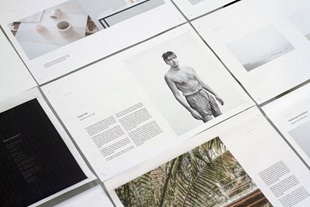

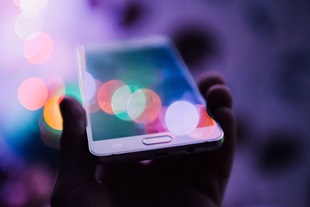
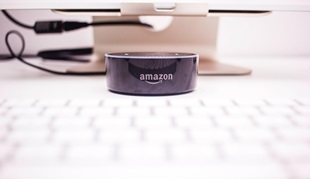
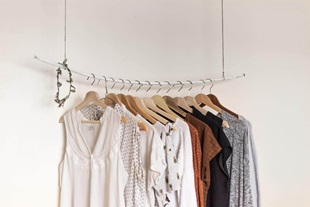

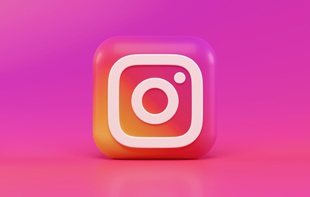
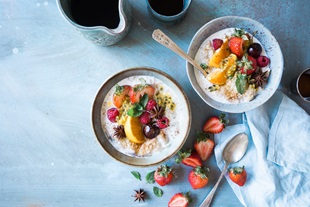


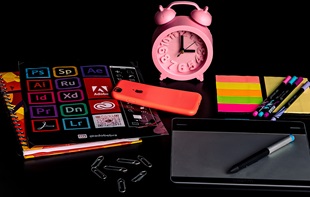
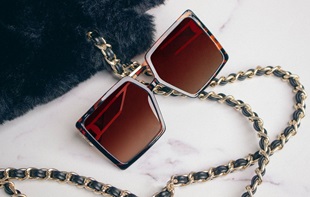
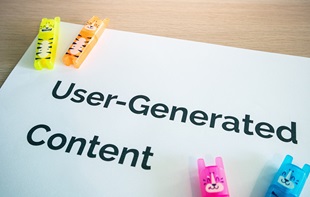
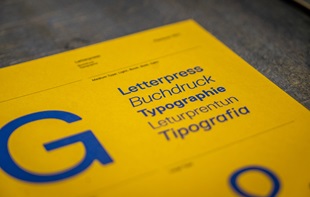
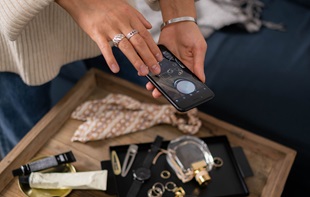
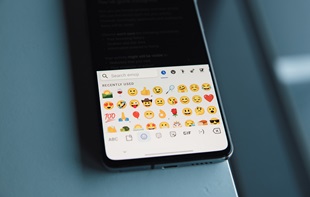
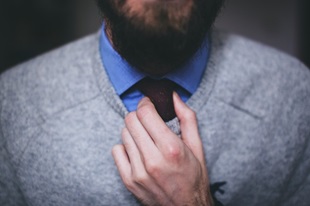
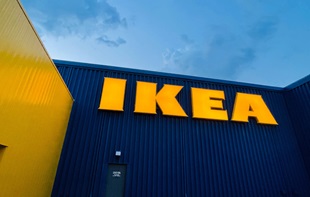
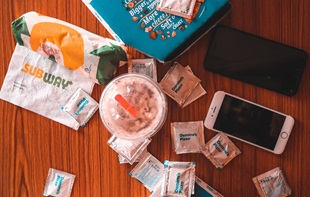
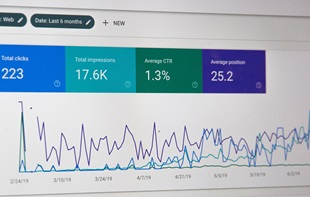
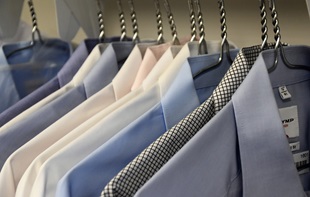
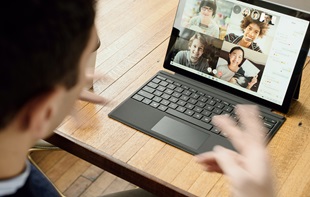

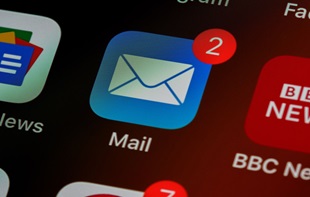
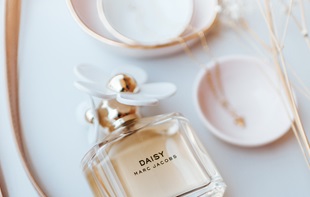
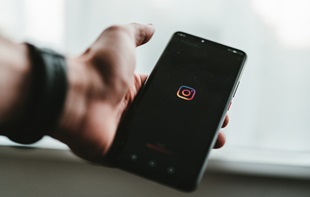
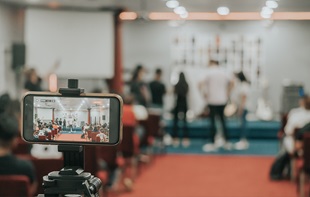
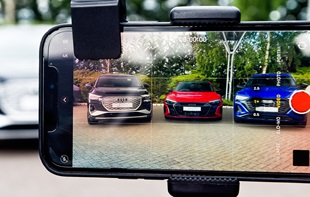
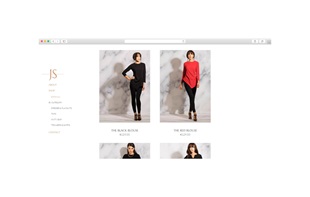
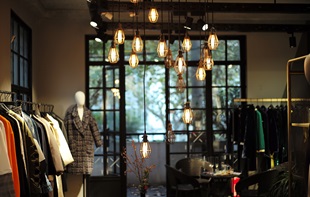
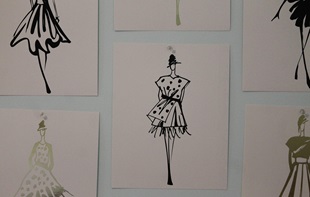

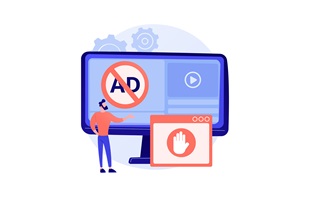
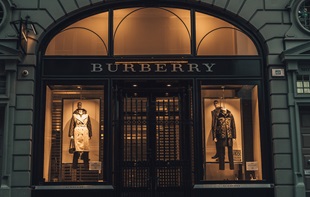
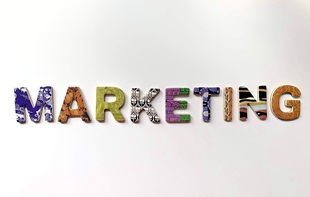
![The impact of online reviews on your business [Infographic]](/-/media/The-impact-of-online-reviews-on-your-business.jpg?mw=310)


![10 latest trends in digital marketing for beauty brands [Part.2]](/-/media/Appnova/Blog/ScreenShot20151026at1500471940x567/10-latest-trends-in-digital-marketing-for-beauty-brands-Part-2.jpg?mw=310)
![10 latest trends in beauty web design and digital marketing [Part.1]](/-/media/Appnova/BannerImages/18376519151_bbeaa6dafc_b-1/trends-in-beauty-web-design-and-digital-marketing/10-latest-trends-in-beauty-web-design-and-digital-marketing-Part1.jpg?mw=310)
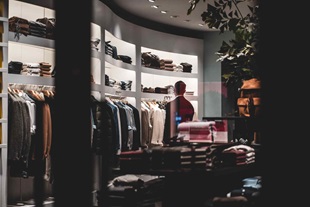

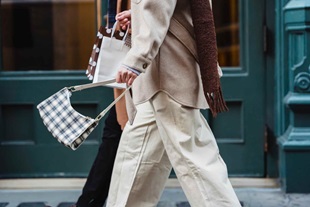
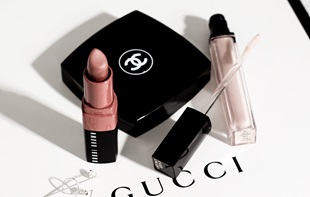
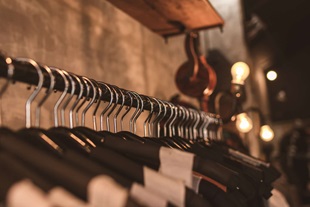
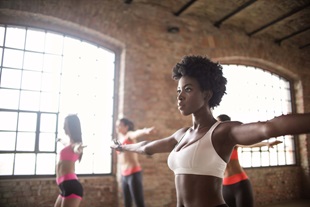




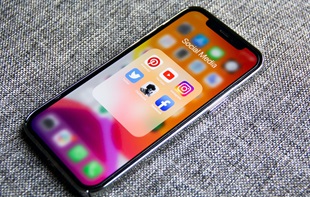
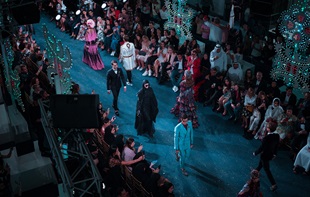

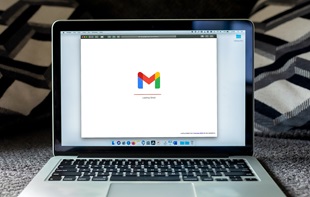

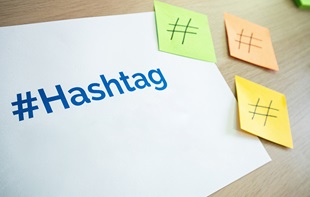

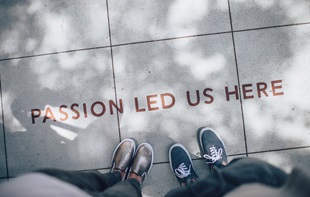
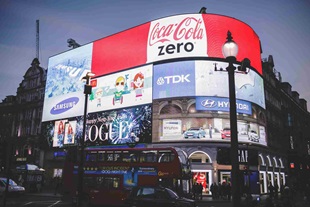

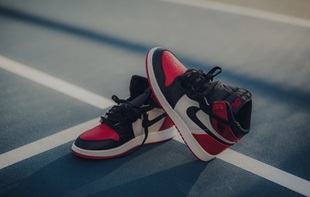
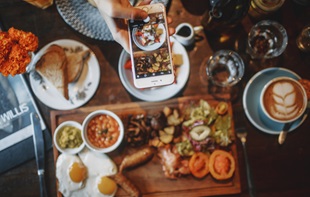

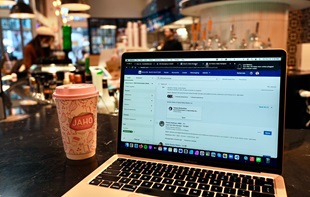


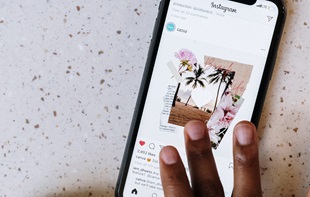
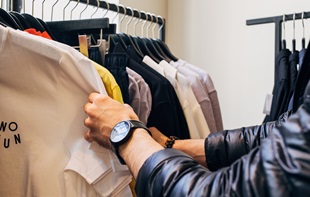


![15 crazy things people search on Google [Infographic]](/-/media/crazy-things-people-search-on-Google.png?mw=310)
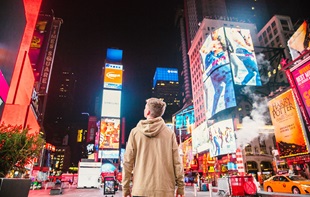
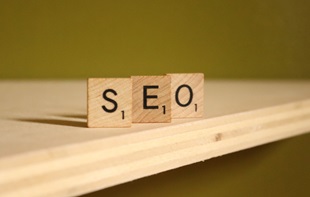
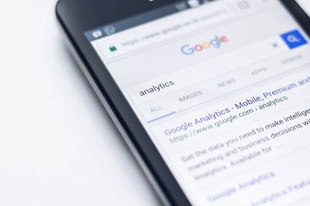
![How to LOSE Twitter followers in 15 ways [Infographic]](/-/media/Appnova/Blog/08-internal-768x534.jpg?mw=310)
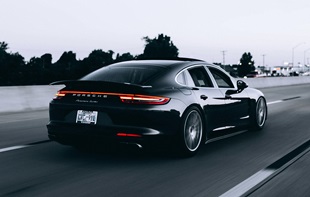
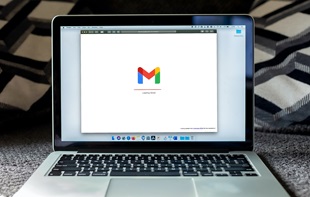
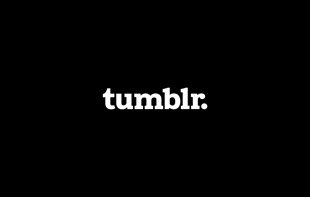
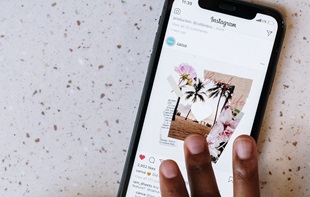

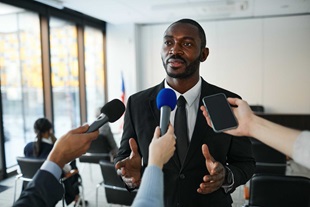
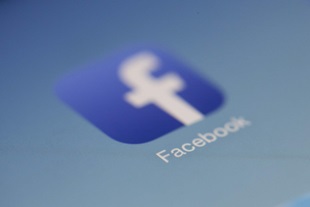

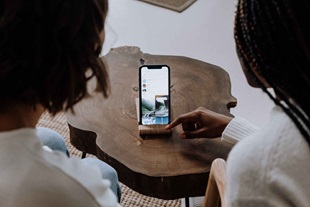
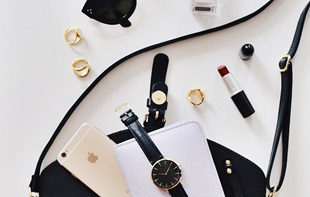
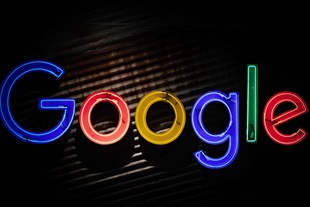
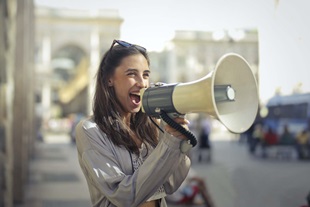

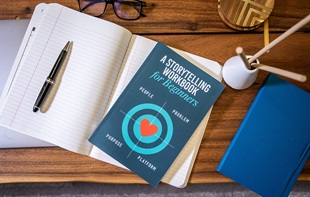
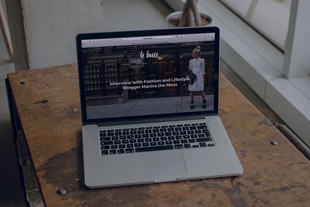
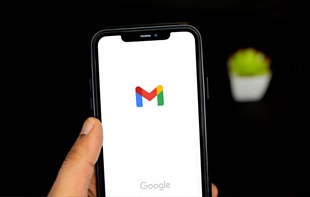

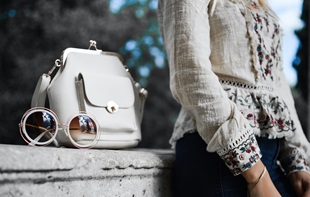
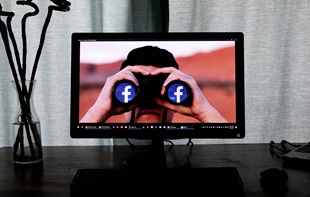
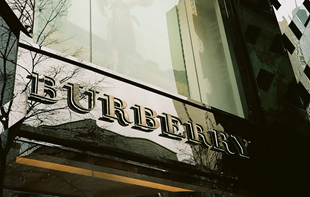
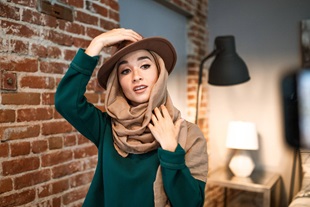
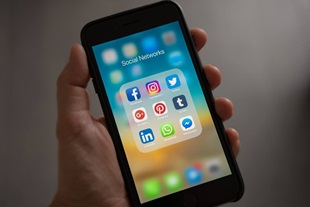
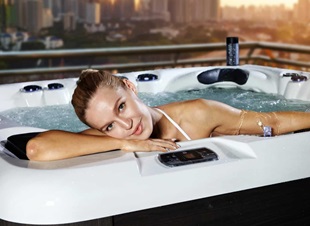
.jpg?mw=310)
.jpg?mw=310)
.jpg?mw=310)
.jpg?mw=310)
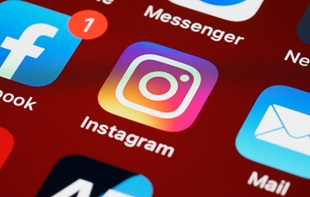
.jpg?mw=310)
.jpg?mw=310)

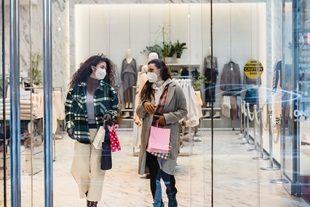
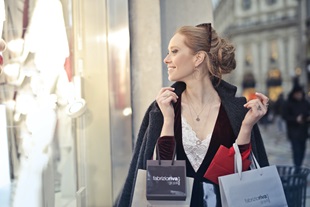

0.Comments